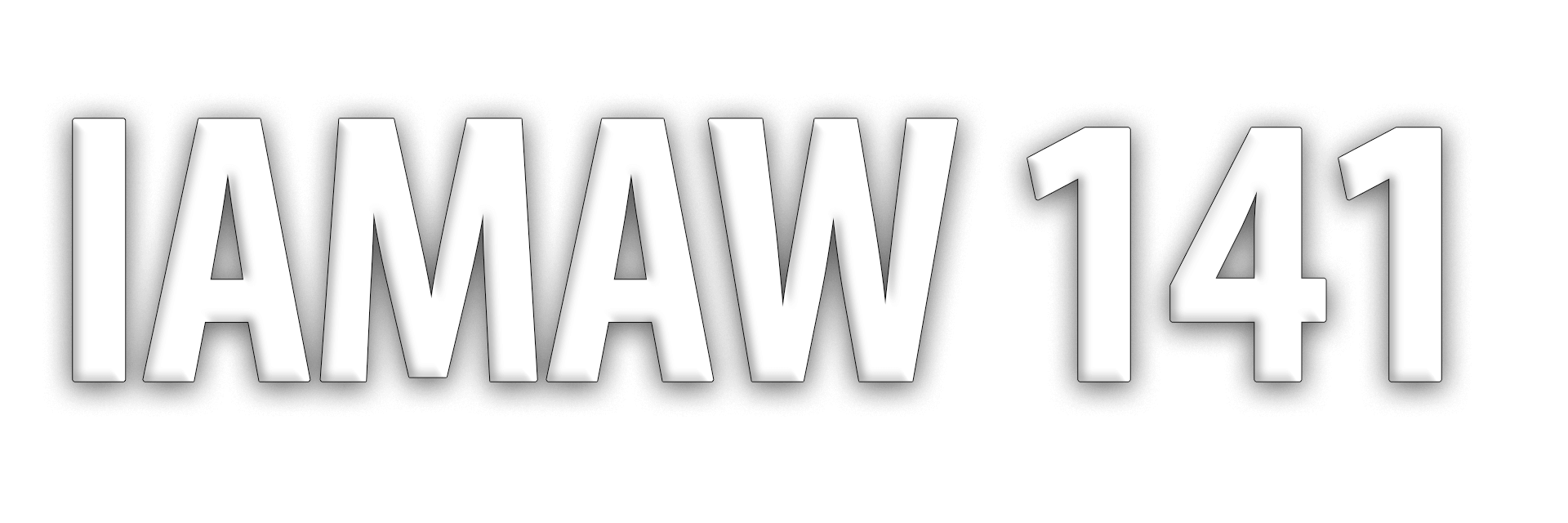
Find a Contract
American Airlines
Flagship Facility Services
Hawaiian Airlines
Philippine Airlines
SMX Cargo
Spirit Airlines
Current Agreement Between the International Associaiton of Machinsts and Aerospace Workers and Spirit Airlines >>
United Airlines
United Ground Express
Collective Bargaining Agreements
Collective bargaining agreements (CBAs) in the commercial aviation industry are negotiated between labor unions and airlines to establish terms and conditions of employment for covered employees. Drafting a CBA is a complex process that typically involves a team of negotiators from each party, along with legal counsel and subject matter experts. The negotiation process typically takes about four years unless both sides agree to an expedited process. Contract talks often involve back-and-forth proposals, mediation, and arbitration.
Once union and company negotiators agree on the language for a new contract, the result is called a “Tentative Agreement.” This document is then placed before front line union members who will vote to either accept (ratify) or reject the proposed agreement. If union members approve the agreement, it goes into effect in accordance with the rules that both sides agreed upon. If union members choose to reject the agreement, contract talks resume.
The CBA created in this process is a legally binding agreement that outlines the rights and responsibilities of both parties, as well as the procedures for resolving disputes. Given the importance of CBAs in shaping the working conditions and compensation of aviation industry employees, drafting a CBA requires careful attention to detail and a thorough understanding of the relevant laws and regulations.
The Railway Labor Act
The Railway Labor Act (RLA) was passed by the U.S. Congress in 1926, in response to labor unrest in the railroad industry. The law established a framework for labor relations in the railroad industry that emphasized collective bargaining, mediation, and arbitration as means of resolving disputes between employers and labor unions.
In 1936, the RLA was amended to cover the airline industry as well. Today, the RLA remains the primary federal law governing labor relations in both the railroad and airline industries. The RLA affects airline workers in several ways. First, it requires airlines and labor unions to negotiate in good faith to reach collective bargaining agreements (CBAs) that establish the terms and conditions of employment for covered employees, including pilots, flight attendants, mechanics, and ground crew. Second, the RLA provides for a number of dispute resolution mechanisms, such as mediation, arbitration, and emergency board procedures, to prevent work stoppages and strikes that could disrupt air travel. Finally, the RLA requires airlines to provide advance notice of proposed changes to working conditions, wages, and benefits, and to bargain with labor unions over these changes.
Section 6 Negotiations
Section 6 Negotiations refers to the section of the Railway Labor Act that governs the Collective Bargaining process for airlines, railroads, and other transportation-related employees.
Under Section 6, negotiations are much more detailed and often cover virtually all aspects of a contract negotiation.
Section six negotiations can be avoided if both parties can agree to limit the negotiations to just a few key items or priorities. The reason unified workers and companies typically want to avoid Section 6 negotiations is that they can go on for years, making the process much more expensive for both parties and increasing the risk that talks might become contentious.
The first phase in the negotiation process under the Railway Labor Act involves direct talks between the union and management. Ideally, both parties would come to a preliminary agreement at this stage, which would then be ratified by union members.
If this process breaks down, Section 6 Negotiations can become unavoidable.
When talks break down
When direct talks between the union and management reach an impasse, either or both parties may request mediation from the NMB, the federal agency responsible for overseeing the negotiations. The mediation process has no defined time limit by law and can take years to complete.
The President of the United States selects the three members of the NMB. When negotiations falter, the Board designates a mediator, who is a government employee, to help facilitate discussions. This mediator sets the time and place for meetings and can choose to pause the negotiations intermittently if deemed necessary. While the mediator can suggest possible solutions, provide insights, or encourage both sides to make difficult decisions, they have no authority to compel either party to agree to or offer any specific proposal.If the NMB concludes that further mediation is unlikely to result in an agreement, it issues a “Proffer of Arbitration” to the involved parties, suggesting that the remaining disputes be settled through binding arbitration. Either the union or the company can also request such a proffer. Most airline unions, have historically refrained from accepting a proffer because doing so would relinquish control over the contract terms to an arbitrator.
